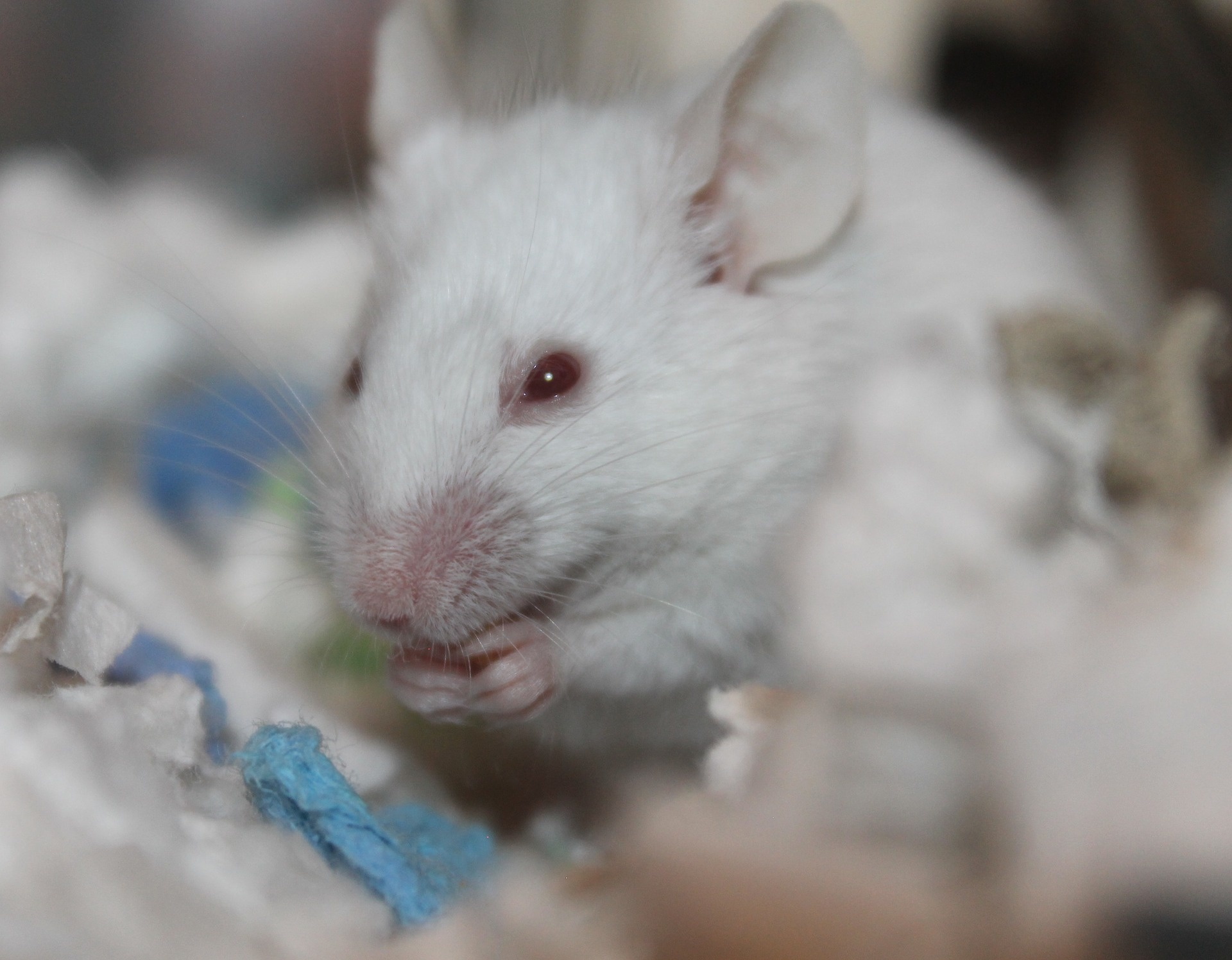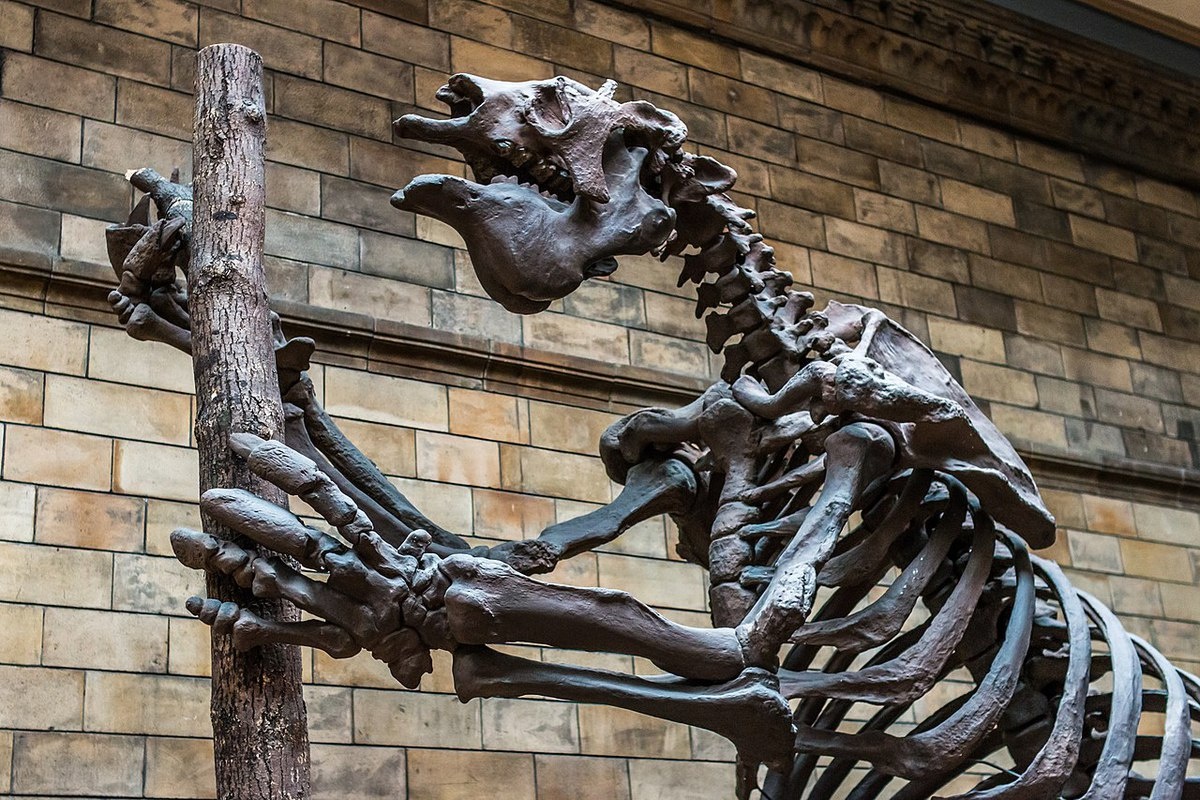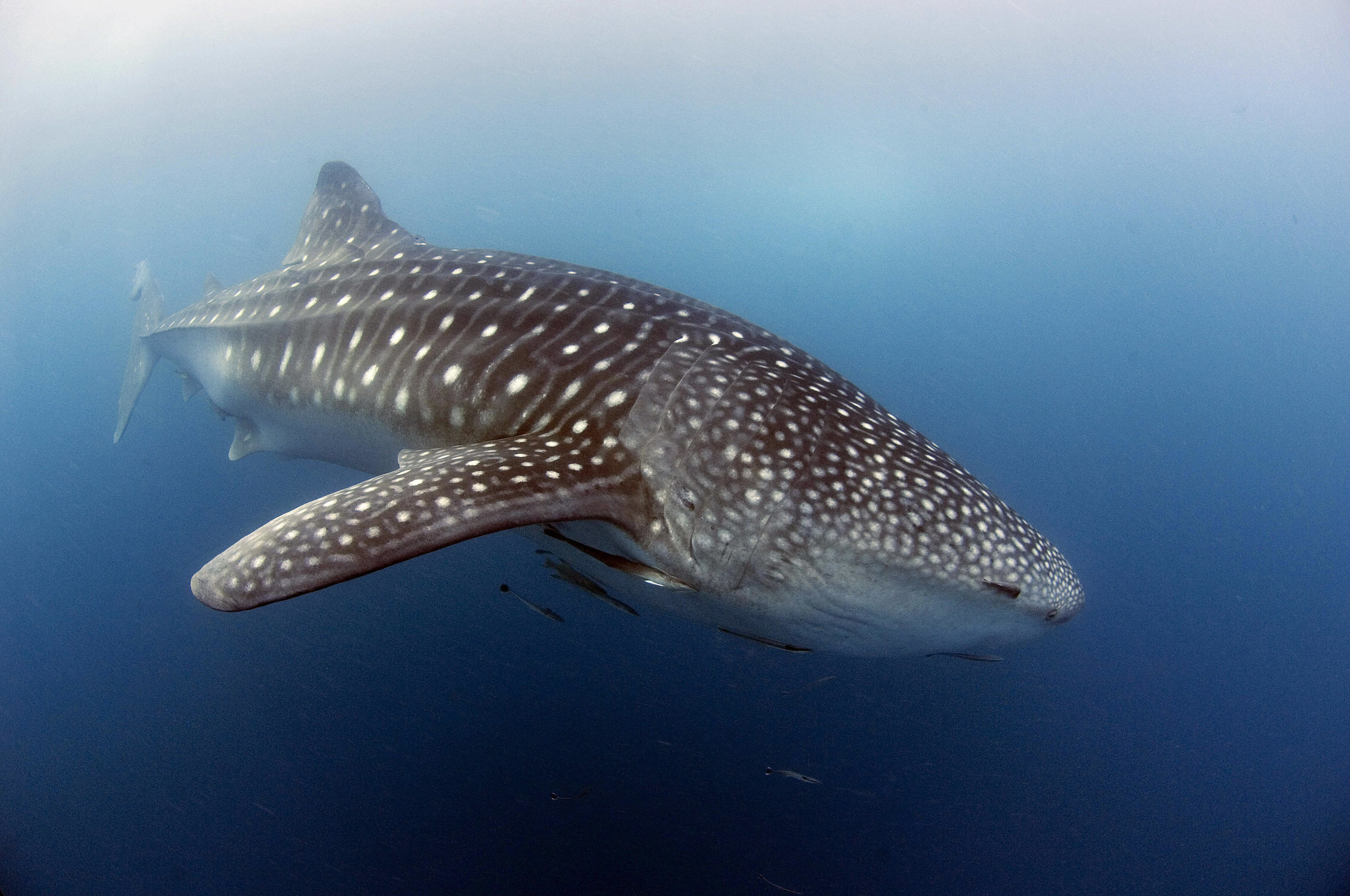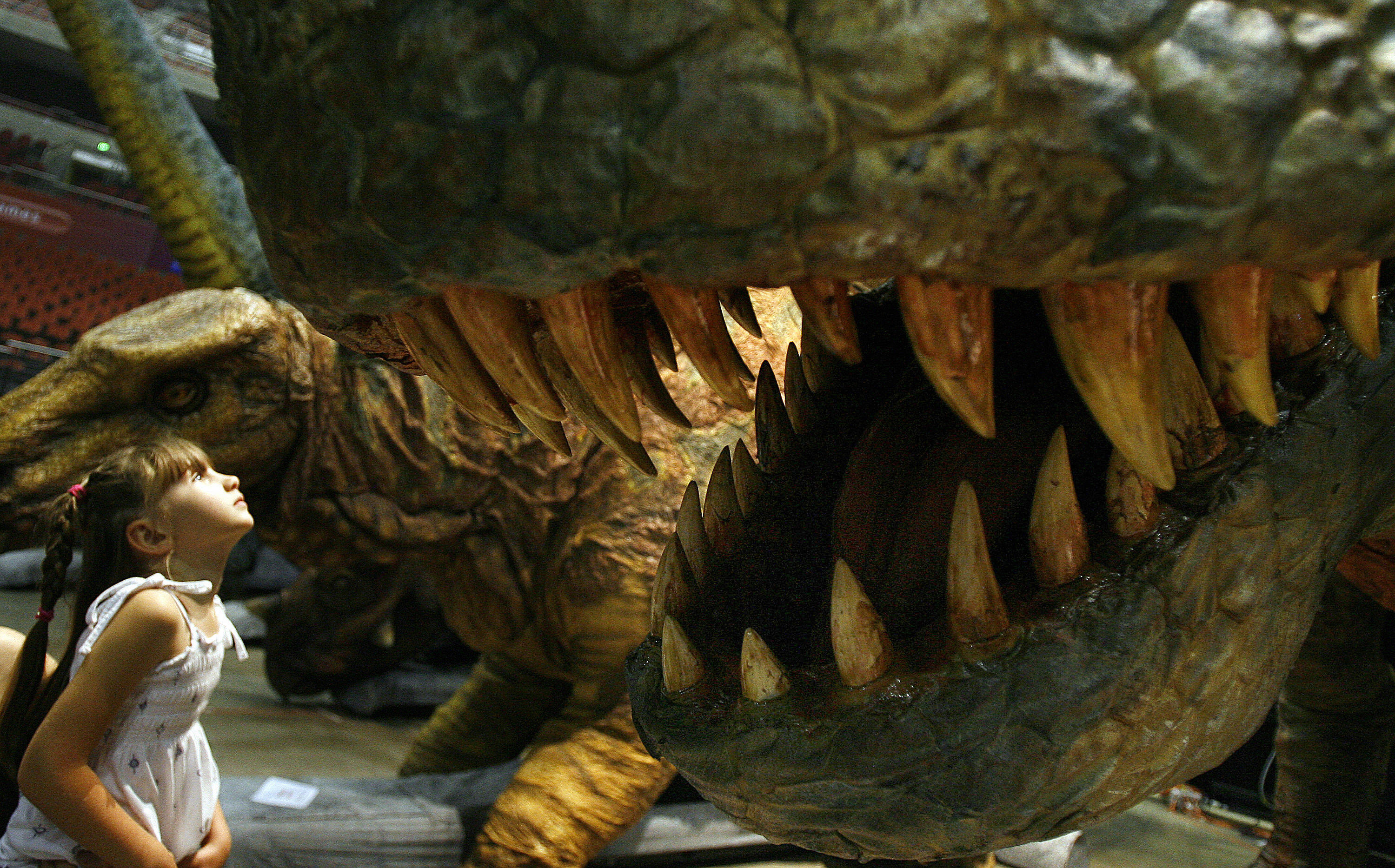bones
Vegans and vegetarians often have nutrient deficiencies and lower BMI, which can increase the risk of fractures.
Targeting a signaling pathway in mice helped them retain muscle and bone mass aboard the International Space Station, according to a new study.
Researchers think they know how a group of ancient sloths, who died thousands of years ago in Ecuador, met their untimely end.
Nuclear weapons, whale sharks, and how to use both to make eco-tourism more sustainable.
Your bones would “explode.”




